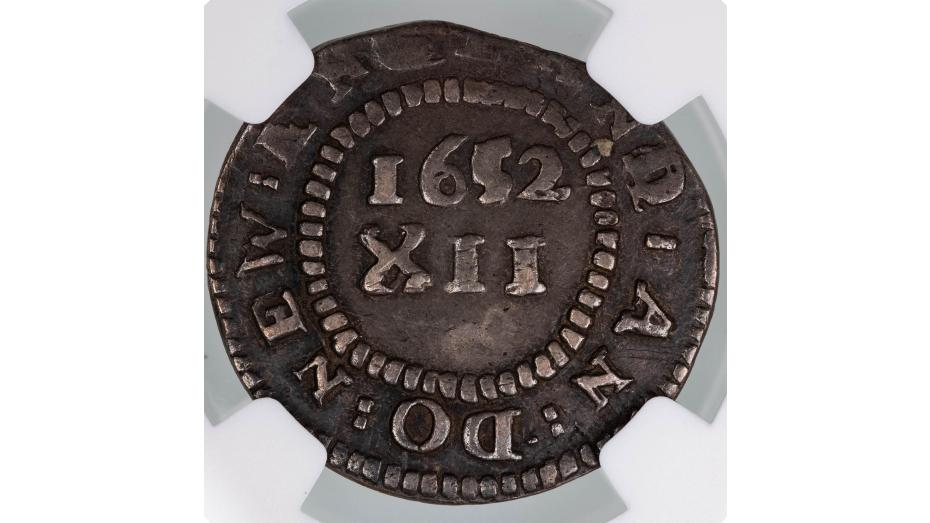Witch Pieces: How a Silver Coin Was Thought to Ward off Evil
For over 350 years, the Pine Tree Shilling has fascinated numismatists and historians alike. Struck in Massachusetts while the Thirteen Colonies were still under British rule, this silver coin was one of several struck to fill the currency shortage. The most fascinating part of the Pine Tree Shilling is possibly its revival as a tool to ward off witches in the late 1690s.
The Pine Tree Shilling, which was the first coin struck in the Massachusetts Bay colony, was brought on by a currency shortage due to England’s failure to send funds to the New World. Although the coins were struck in the 1670s, the reverses displayed the year “1652.” While many believe this was done to commemorate the founding of the Massachusetts Mint, it is speculated that it was a safeguard. The colonists were not permitted to strike their own coins under the monarchy. However, since England was a Republic with no King in 1652, the colonies would have been able to produce their own currency legally. So, in order to deny any illegal activity, the coins were backdated to 1652.
American colonies saw the customs and superstitions of many cultures come together. One belief held by various European groups was that a bent piece of silver could be used to ward off witches. These small trinkets were known as “witch pieces.” Seeing a bent coin was so common that even Mother Goose had a nursery rhyme about a “crooked man” finding a “crooked sixpence.” One of the most common uses of the witch piece was in dairy farms in the 1700s where the difficult process of creating butter was attributed to witchcraft. Dairymaids would drop a crooked sixpence into stubborn cream to help it churn into butter.
In the 1690s, the fear of witchcraft hit Salem, Massachusetts with such force that it is still talked about today. It is believed that those Massachusetts residents afraid of witchcraft found their old 1652 Pine Tree Shillings and bent them to ward off the evil. Coins were one of the most common items made of silver, so a bent coin would be a colonist’s easiest way to prevent harm from those deemed witches.
While witch pieces are well-documented to have existed, there is another theory about why Pine Tree Shillings, and many other early colonial coins, were bent. The technology used to strike coins was extremely primitive compared to today. One style of mintage was with a rocker press, which sent the blank planchet between two rollers. When squeezed between the rollers, the obverse and reverse were impressed upon the silver coin, but the coin would also come out with a slight curve in it. This curvature was a natural part of the minting process, not done in response to a fear of witches
Another theory is that a person would bite a coin to test if it was made of silver or a counterfeit metal, such as lead. A coin made of lead would be softer and more receptive to a bitemark. Holding a coin to your mouth a biting it could also leave a bend in it. Early coinage was not as trustworthy and biting the metal was one of several ways to test the fidelity of the currency.
Witch pieces are now historical artifacts of a time long gone. There is some comfort, though, to having an item that wards off evil, even if it is all superstition. But we don’t expect to see any bent American Silver Eagles anytime soon! Happy Halloween from Rare Collectibles TV!






